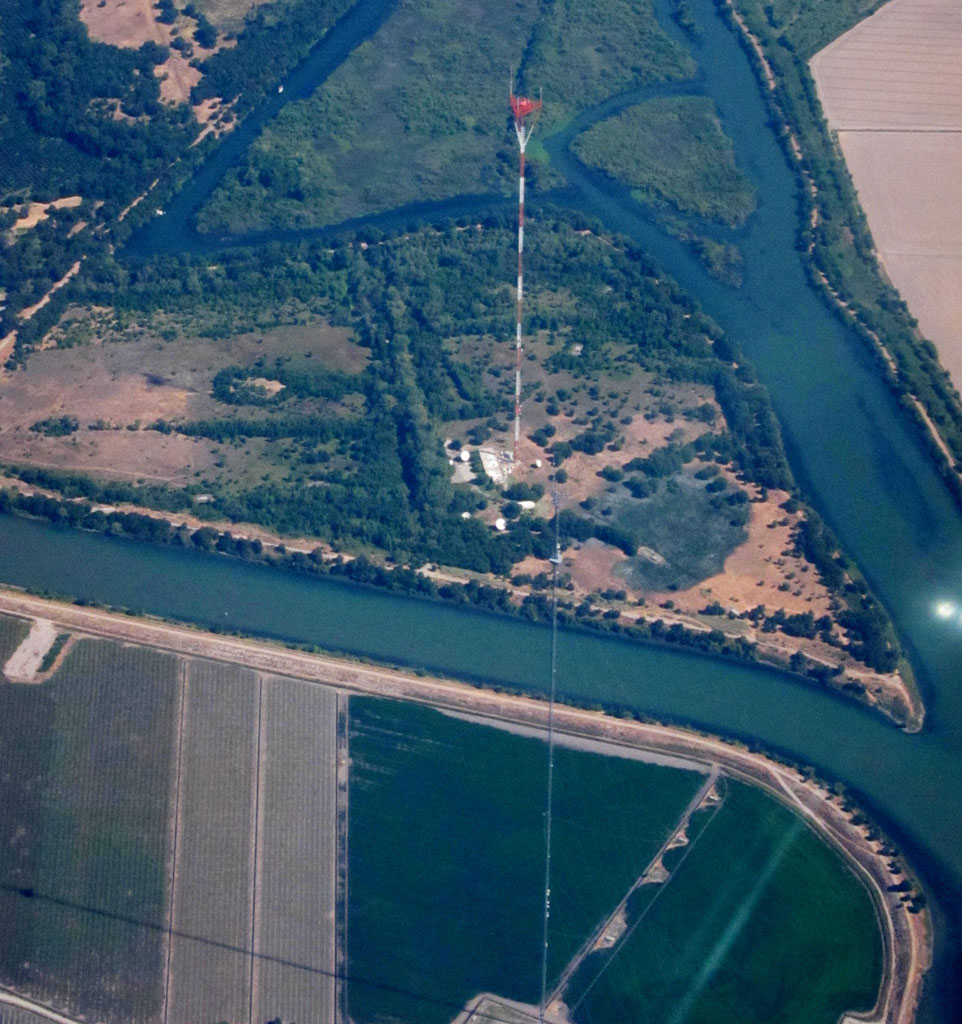jnmeade
Cleared for Takeoff
The new AC 70/7460-1L gives some examples of how far to stay away from a guyed tower. For a 2,000 ft tower, you need to stay away 2,000 feet horizontally. They show why that is necessary to remain at least 500' from an obstacle and do the math on where the guys are. They make a few assumptions along the way.  Such as the distance of the guy anchors from the base of the tower (they assume they are as far out as the tower is high - you tower guys know that is not at all the case in all instances).
Such as the distance of the guy anchors from the base of the tower (they assume they are as far out as the tower is high - you tower guys know that is not at all the case in all instances).
No one is disputing that one needs to avoid guy wires. The AC gives a good discussion of the FAA's thinking if you want to pass it on to your students.
"2.2 Guyed Structures.
The guys of a 2,000-foot (610-m) skeletal tower are anchored between 1,600 feet (488 m) and 2,000 feet (610 m) from the base of the structure. This places a portion of the guys 1,500 feet (458 m) from the tower at a height of between 125 feet (38 m) and 500 feet (153 m) AGL. Title 14 CFR Part 91, Section 119, requires pilots, when operating over other than congested areas, to remain at least 500 feet (153 m) from man-made structures. Therefore, the tower must be cleared by 2,000 feet (610 m) horizontally to avoid all guy wires. Properly maintained marking and lighting are important for increased conspicuity because the guys of a structure are difficult to see until the aircraft is dangerously close."
Question - does this include your unmanned aircraft (drone)?
No one is disputing that one needs to avoid guy wires. The AC gives a good discussion of the FAA's thinking if you want to pass it on to your students.
"2.2 Guyed Structures.
The guys of a 2,000-foot (610-m) skeletal tower are anchored between 1,600 feet (488 m) and 2,000 feet (610 m) from the base of the structure. This places a portion of the guys 1,500 feet (458 m) from the tower at a height of between 125 feet (38 m) and 500 feet (153 m) AGL. Title 14 CFR Part 91, Section 119, requires pilots, when operating over other than congested areas, to remain at least 500 feet (153 m) from man-made structures. Therefore, the tower must be cleared by 2,000 feet (610 m) horizontally to avoid all guy wires. Properly maintained marking and lighting are important for increased conspicuity because the guys of a structure are difficult to see until the aircraft is dangerously close."
Question - does this include your unmanned aircraft (drone)?




